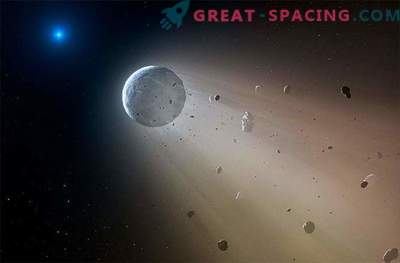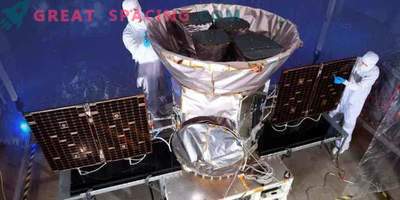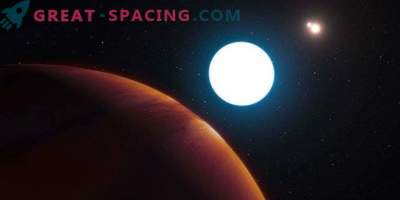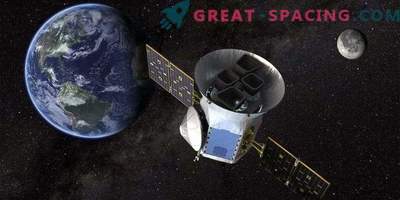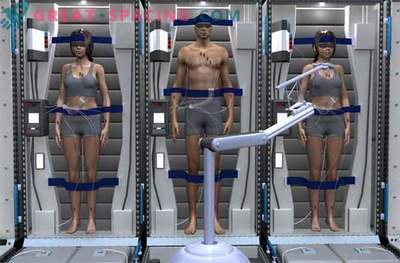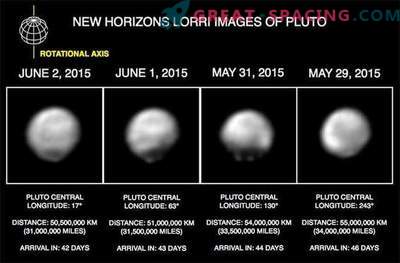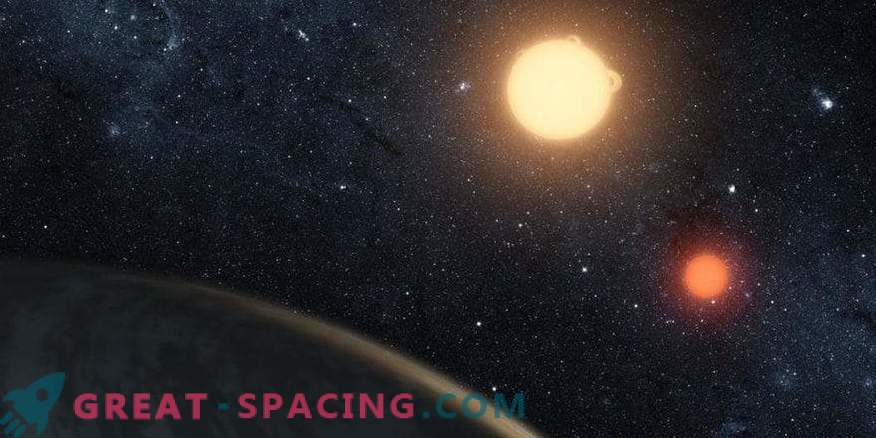
The artistic vision of Kepler-16b, found by NASA's Kepler mission. This is the first confirmed planet with a multiple orbit. Before us is a gas giant rotating close to the edge of the habitable zone in a binary system.
Artificial intelligence gives scientists a new hope in studying the habitability of other worlds. The new paper studies “tattoos” and also considers methods of machine learning, which can calculate the probability of the spread of such planets and their survival in stable orbits.
Planets with multiple orbits are objects orbiting around two stars, not just one. They were called “tattoos” in honor of the fictional planet Tatooine in “Star Wars”. Dozens of similar planets have already been found, but it is still difficult to understand whether they can be regarded as potentially livable. Movement around two stars can lead to serious changes in the orbit of the planet. That is, it is often pushed out of the system entirely, or there is a risk of falling into one of the stars. Traditional computing approaches do not work in such cases.
Planets need billions of years of survival to evolve life. Therefore, the determination of the stability of the orbit is an important issue for habitability. A new analysis has shown that machine learning can provide accurate predictions, even if the standard approach based on gravity and Newton’s motion does not work.
Having created 5 million hypothetical tattoos with different orbits, the kit was placed on a stability test. In a few hours, the network could get ahead of the accuracy of the standard approach. It is believed that most of the tattoos will be found with TESS, so it is expected to connect data from this mission.
